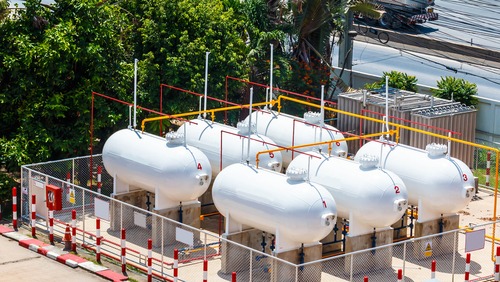When you work in the oil and gas industry in Texas, you face many on-the-job hazards and an elevated risk of suffering burns or experiencing some type of harmful exposure, among other dangers. If part of your job duties involves measuring oil tank levels, or “tank gauging,” then you face many additional risks due to the dangerous nature of the task.
According to the Centers for Disease Control and Prevention, opening the hatch of a storage tank that contains dangerous chemicals or substances, including hydrocarbon, creates numerous health and safety concerns.
Risks associated with tank gauging
When you open a tank that contains hydrocarbon and suffer overexposure to the substance, you may start feeling the effects right away. The harmful gases contained therein have the potential to cause harm to your eyes, lungs and central nervous system. They may, too, impact your heart and cause it to beat abnormally. In some cases, this may lead to dizziness or disorientation. In more serious instances, it may result in you losing consciousness or even dying.
Additional factors that impact worker safety
Tank gauging is highly dangerous under any circumstance. However, you may face enhanced dangers if you work long shifts, work during inclement weather or work at night or alone, with many who suffer tank gauging-related injuries experiencing them while working solo shifts.
Oil and gas employers have a responsibility to recognize where their workers face hazards relating to tank gauging. They also have a duty to educate their workers about the risks involved in tank gauging and how to mitigate them as much as possible.
